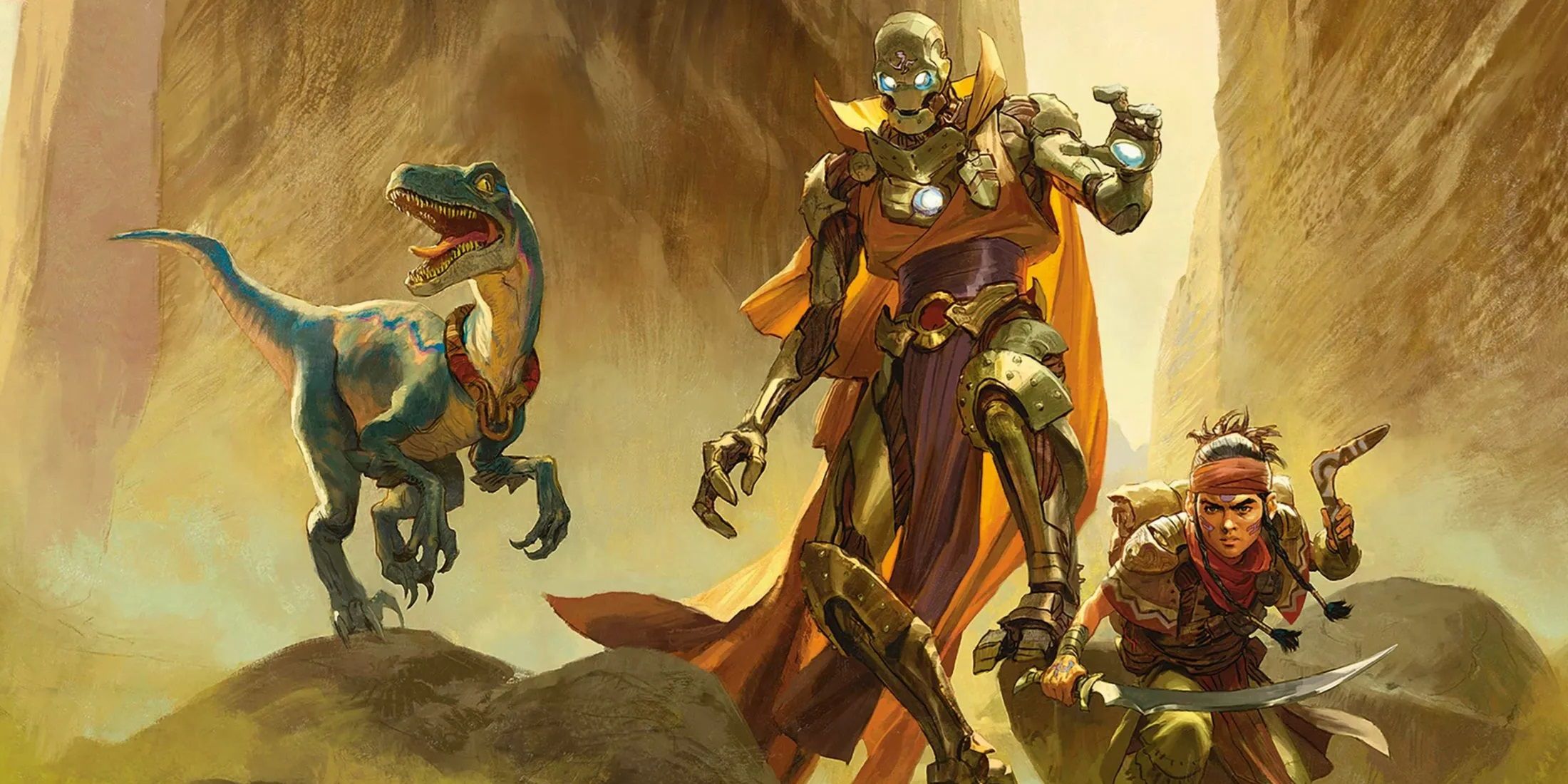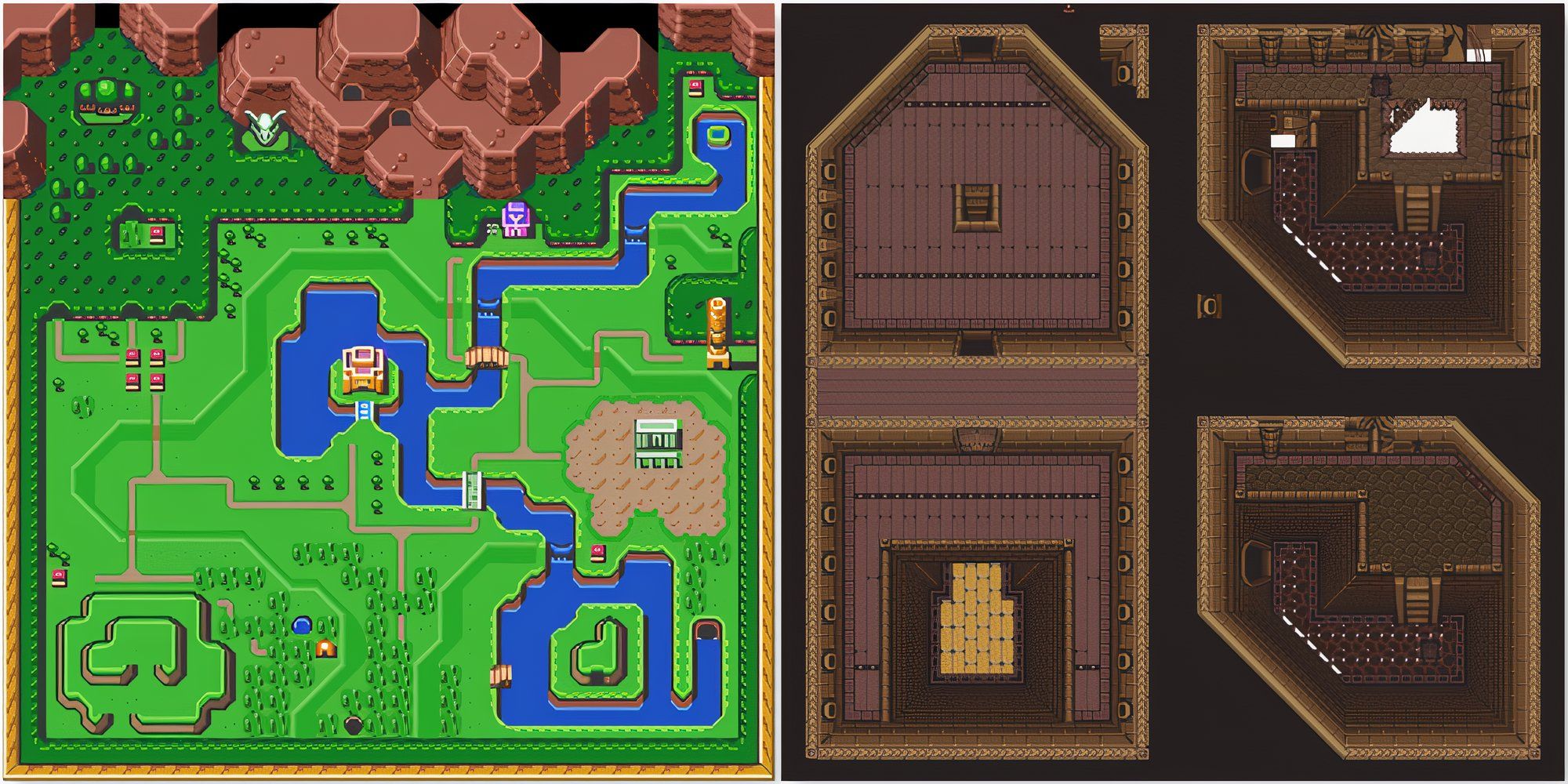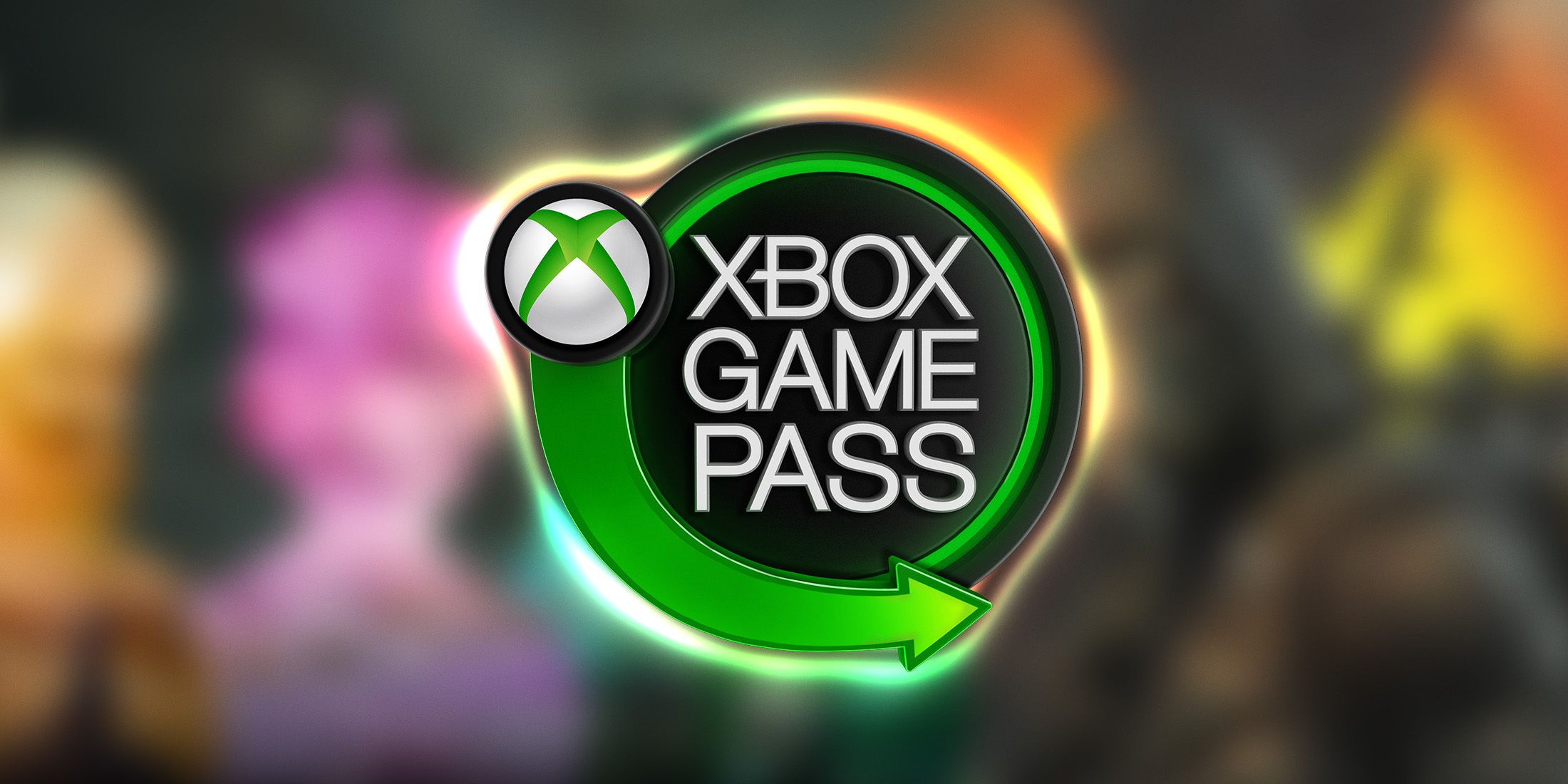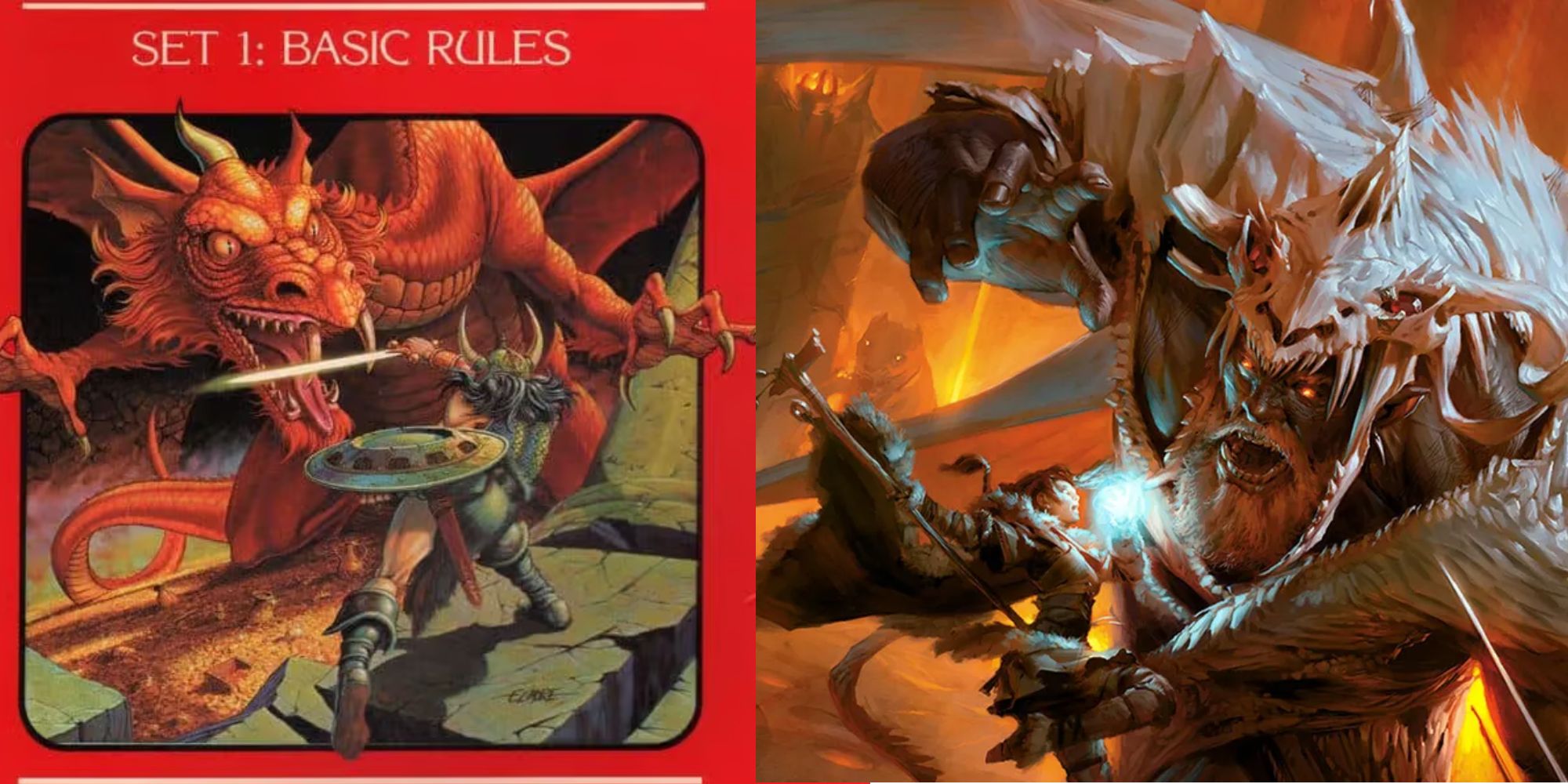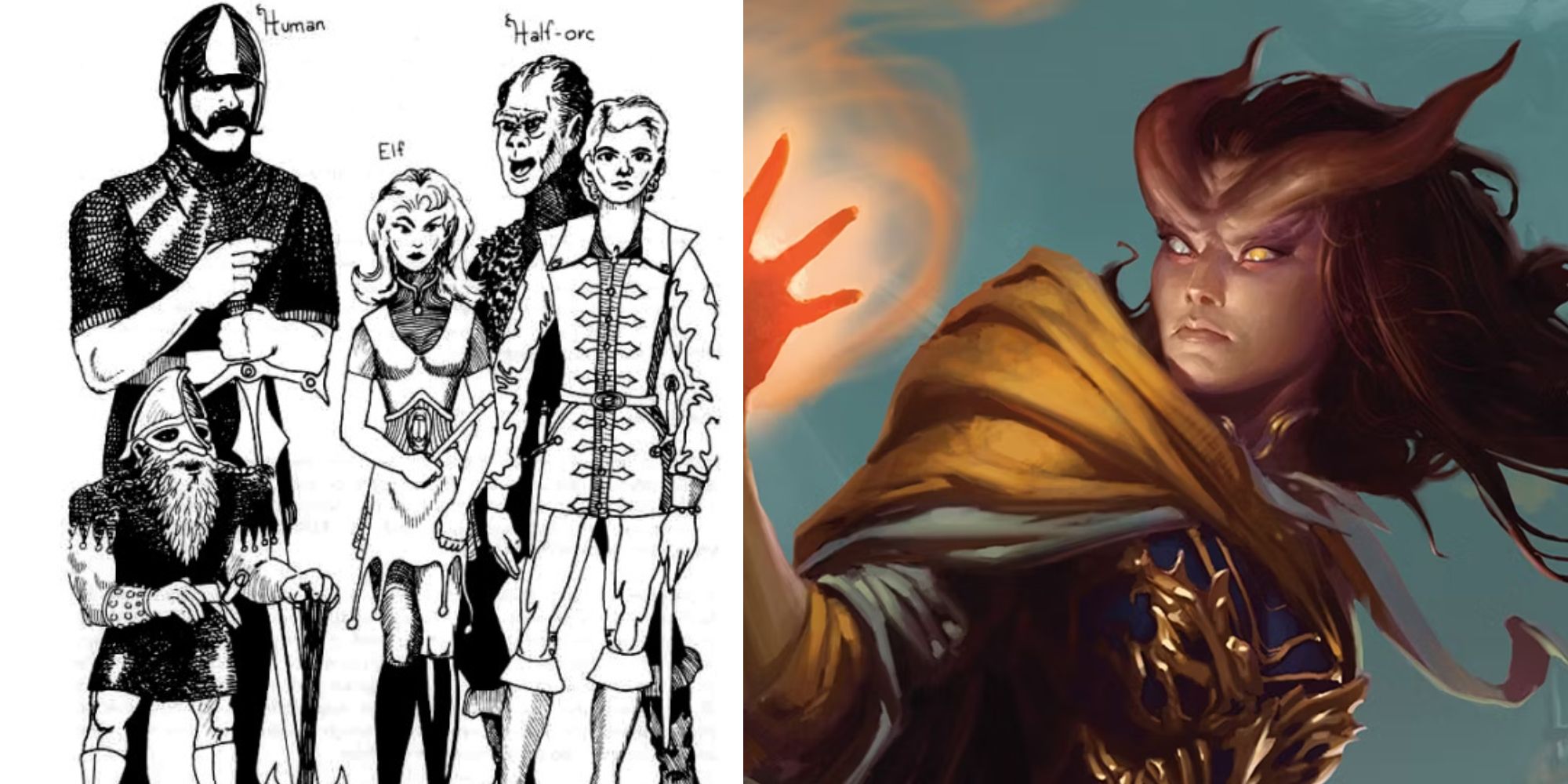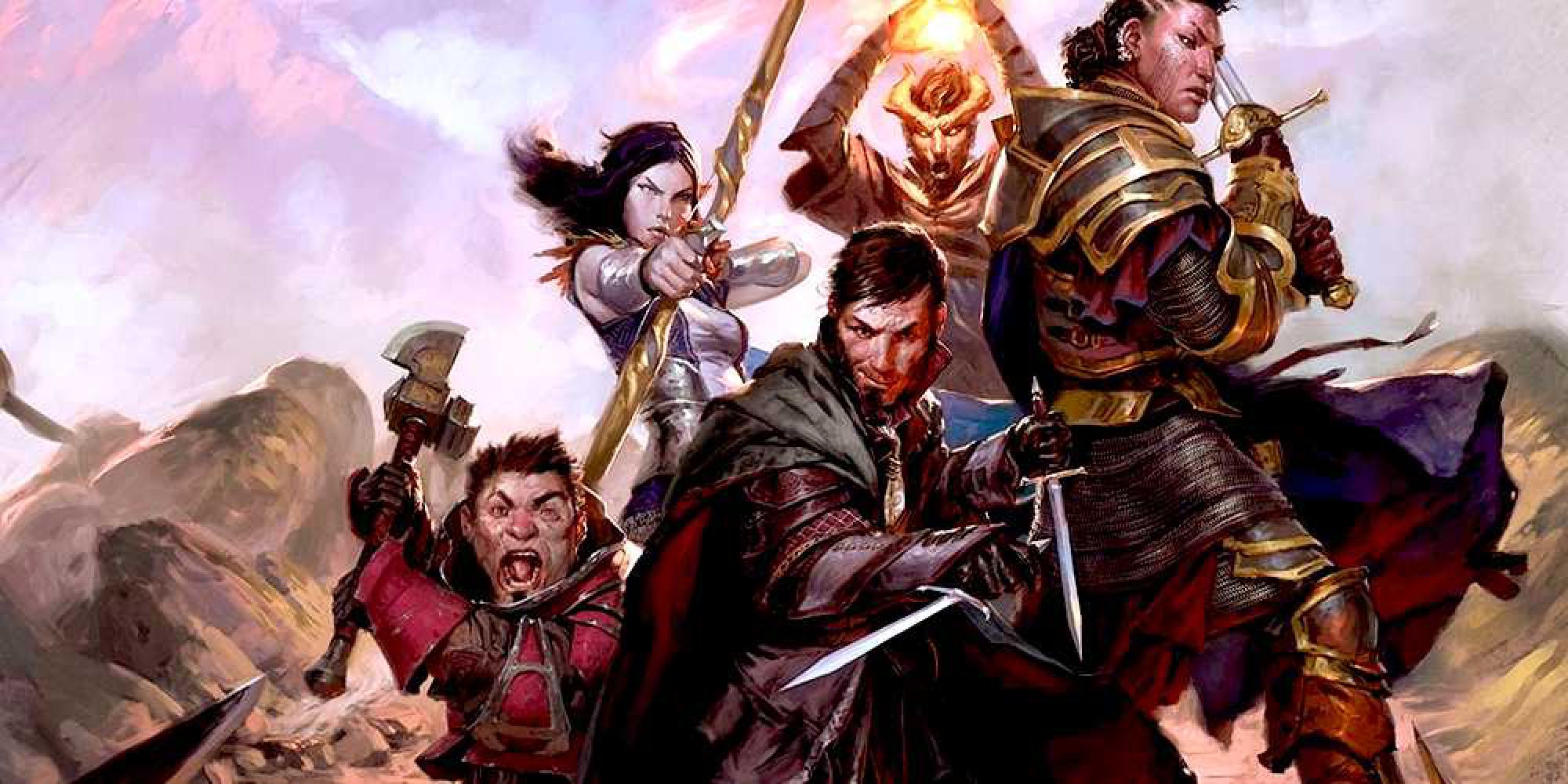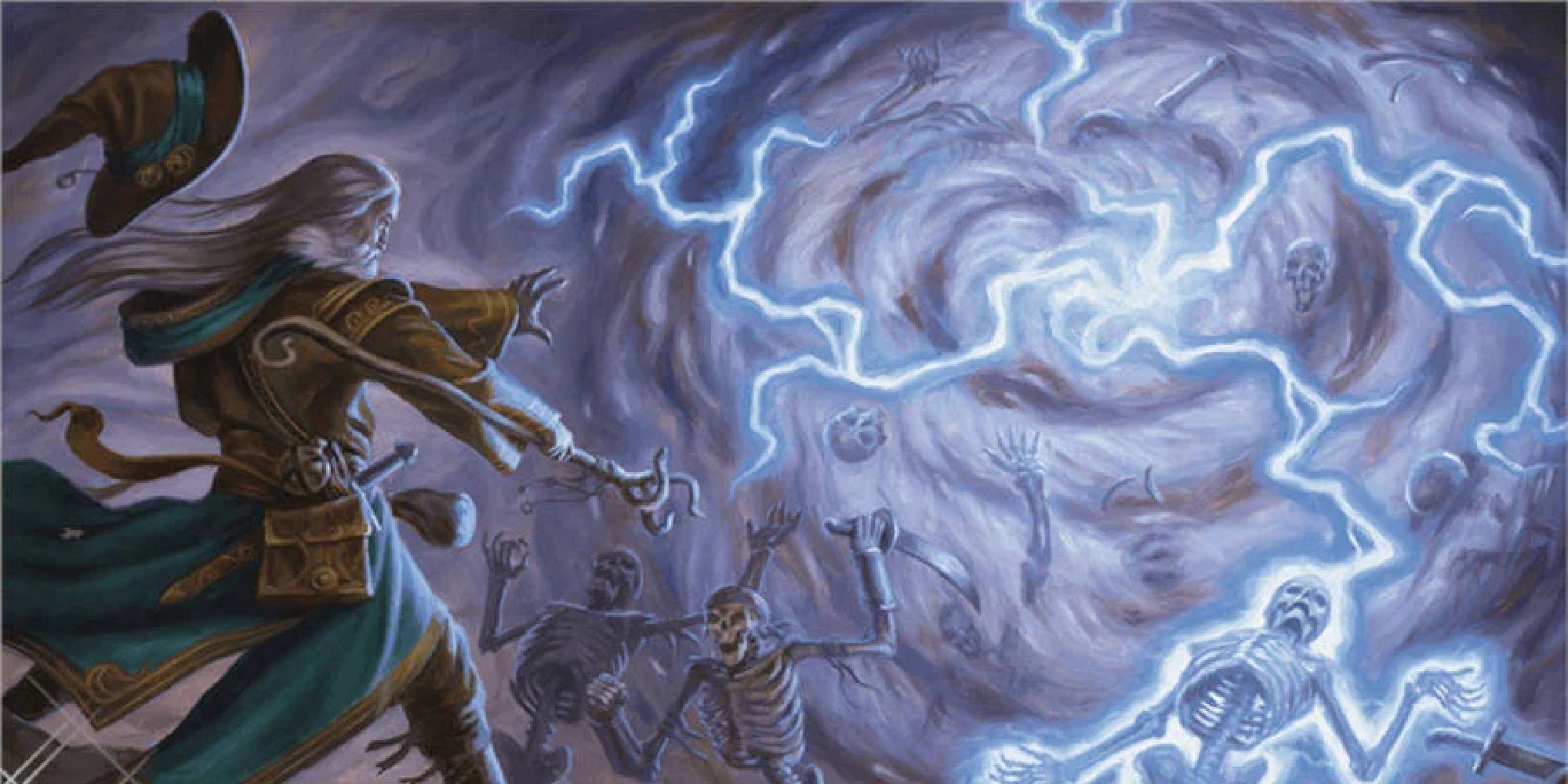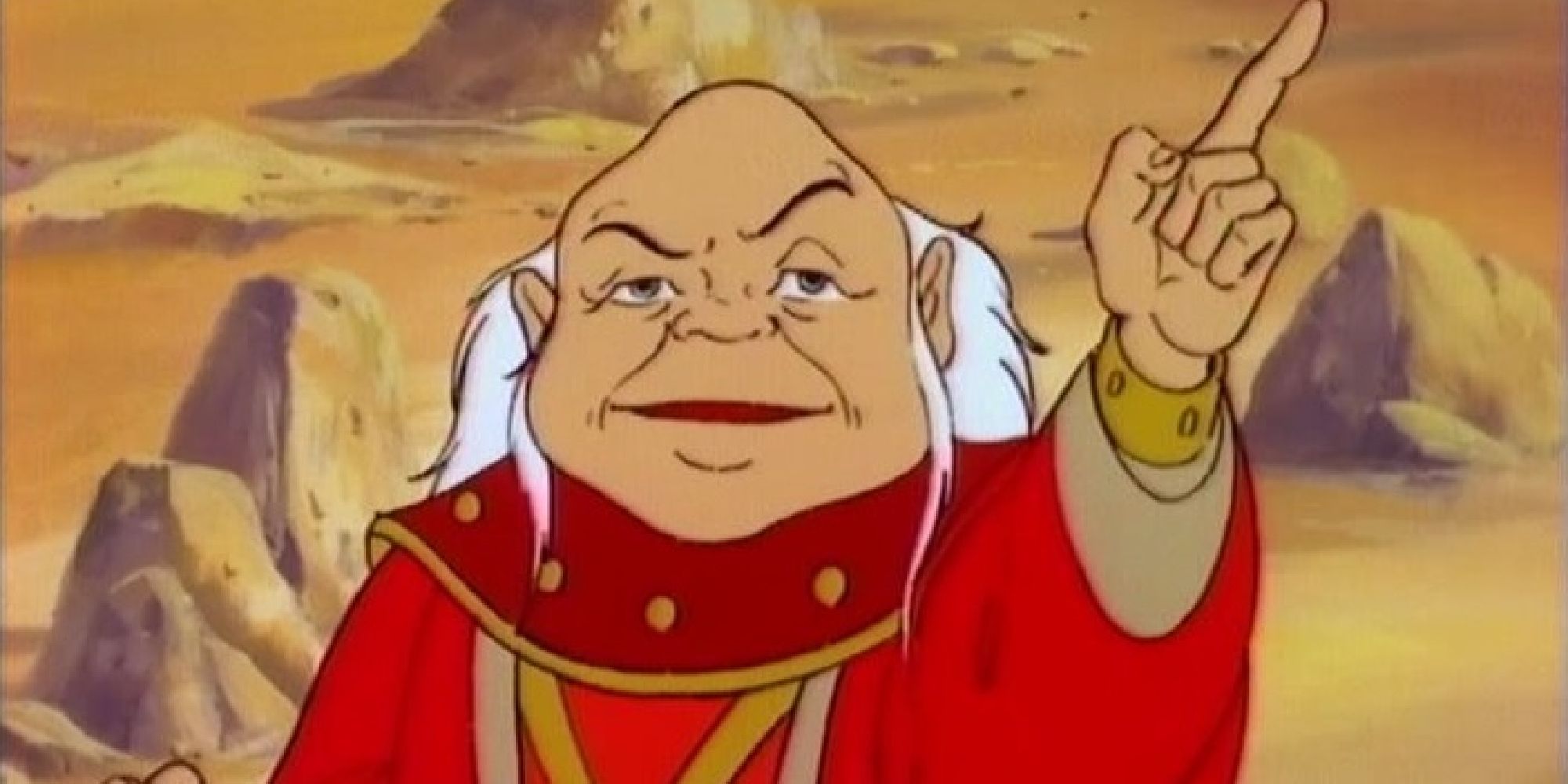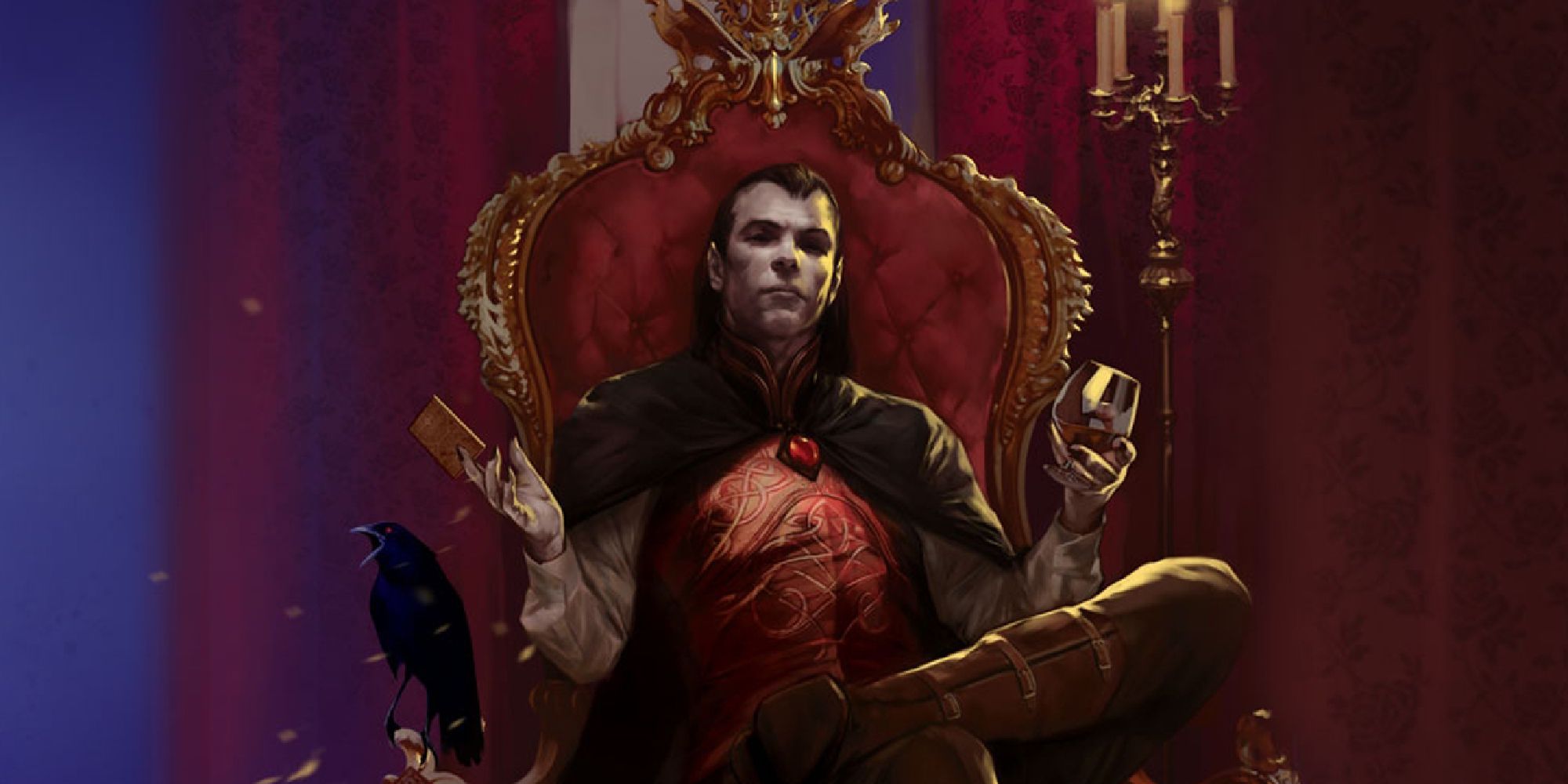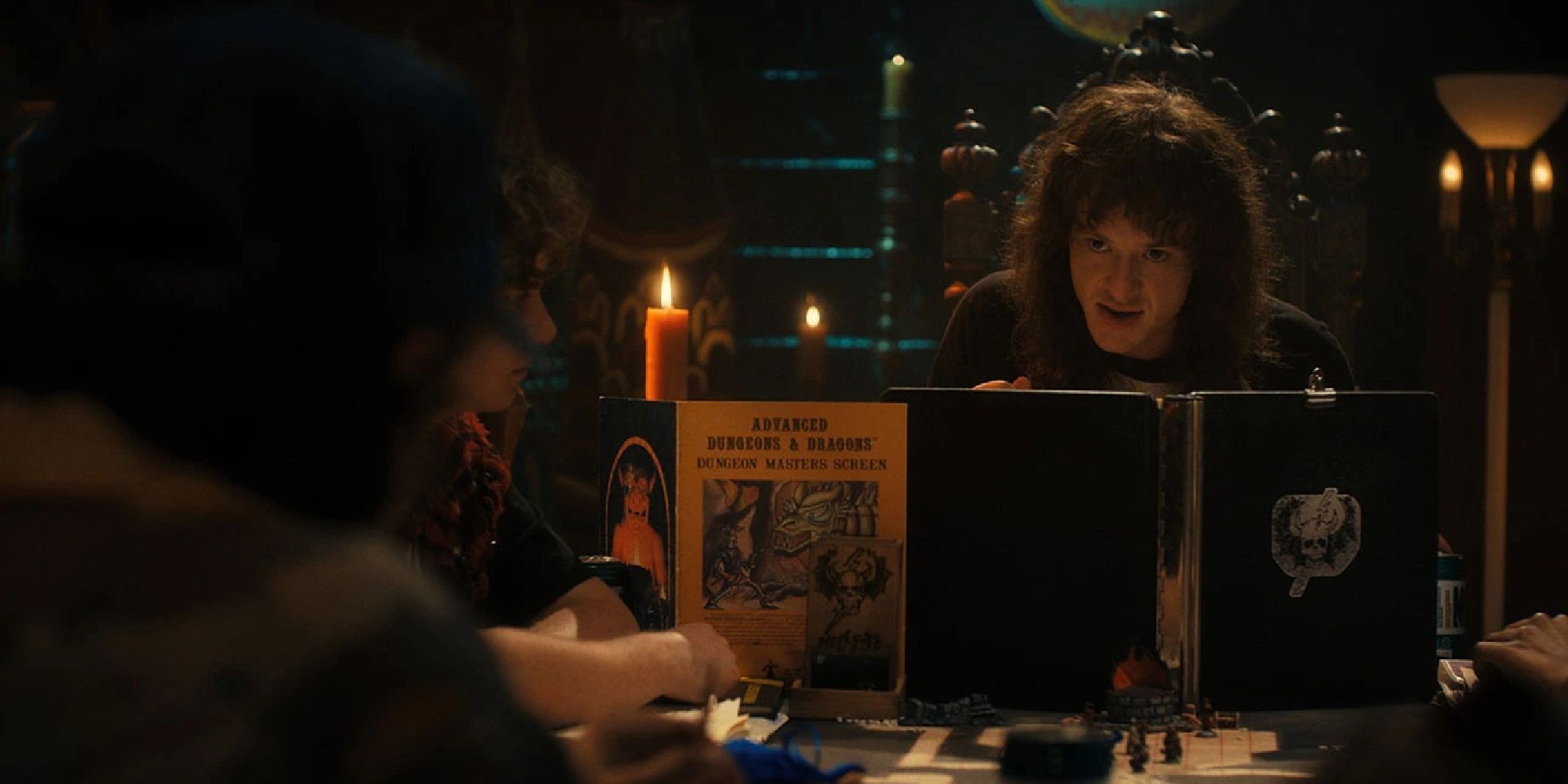Dungeons and Dragons is the most famous TTRPGs of all time, first debuting in 1974 and bringing to gamers the chance to enjoy and experience cooperative storytelling with friends, and diving into campaigns that span years. Its popularity has only soared over the years thanks to the influence over the internet, and its inclusion in main-stream media.
With D&D reaching almost half a century in age, changes were necessary in order to keep the game fresh and interesting for existing players, while attracting new players to try their system, which for the large part has worked.
7 Races
As it debuted its world of fantasy, D&D played relatively safe with the choices of races players had available to them. In the first edition, players could pick from dwarf, elf, gnome, half-elf, halfling, half-orc, and human. Only four of the options had any merits and drawbacks, rather than including racial bonuses to all classes.
This is one of the major changes that WotC have done over the years, by expanding the list of playable races in their game. The 2nd edition saw the removal of half-orcs due to their controversy surrounding the parentage, with them reinstated in the following edition, and the 4th edition introduced famous races such as tieflings and dragonborn. The 5th edition, so far, has the largest amount of playable races, with more to possibly be introduced with future sourcebooks.
6 Classes
Classes are a bread and butter component of Dungeons and Dragons, and are just as important a choice, if not more so, than races. Classes define what abilities are available to the player, and what sort of tactics they can employ in combat. The original version of D&D was very limited in its selections, with only Cleric, Fighter, Magic User, and Thief included as part of the base kit, with additional classes or subclasses added in supplements, such as Paladin and Monk.
When compared to current D&D, the 5th edition has a vastly broader range of choices, such as the Warlock and the Barbarian class that were missing, as well as ranges of subclasses for each that only increase with each supplement book that is released.
5 Spells
A major component to spellcaster classes, or 'magic users' for more vintage fans, spells are their way of fighting in combat either by dealing direct damage, buffing allies, or debuffing enemies, and some that have uses in and outside the battlefield. The magic system has seen some major shakeups since its original inception.
With more spellcasting classes adding over subsequent editions, the spell list also saw some updates, adding spells available for the new classes to take, and making alterations to the existing spells. The list from the 1st edition shows spells such as Intruder Alert and several Rael arrow spells that no longer exist. There are some that have survived, such as hallucinatory terrain, while others exist, albeit in a slightly different form, for example, Bigby's Interposing Hand, which has been reworked to the spell players now know as Bigby's Hand.
4 Rules
Rules, or rather the guidelines people can cherry-pick from for their table, are the bedrock of D&D. They dictate nearly every element of the game such as character creation, combat, travel, and even resting. Bedtime rules apply even in tabletop games. As well as being one of the main foundations of Dungeons and Dragons, the rules are one of the more complex parts of the system, and can take practice to get accustomed to, particularly in earlier editions.
The current state of D&D provides a more stream-lined experience that is friendly to newer players, as well as incorporating new elements to create a more fun and versatile game. One such example is the armor class system. In 5E, the number of a player's armor determines what a foe must roll (taking into account attack bonuses) to hit them, thus, the higher the number, the better. But in 1E, combat worked differently in a more complex manner in which the lower the armor class number the better. There was also an entire chart included in the Dungeon Master's Guide for players to refer to, to determine hits, and it is much needed.
3 Campaigns
D&D would simply not be possible without campaigns. Campaigns are the stories and locations DMs will guide their players through, while controlling the enemies and NPCs they will encounter along the way, complete with everything the party would need for their game. For DMs who don't wish to 'homebrew' their campaign, the prewritten adventures are a fantastic alternative that DMs can customize as they wish.
D&D 5E comes with a plethora of campaigns to pick and choose from in a variety of settings and themes, from the gothic dread of Curse of Strahd to the hellish inferno of Descent into Avernus, ensuring there is a setting most tables would agree on. 1E also provided fantastic prewritten adventures DMs could pick up, but they were more limited in numbers, totaling up to 22, including a select number of those that were printed in Dungeon Magazine or Dragon Magazine.
2 Public Opinion
D&D is everywhere in the public eye now, from the popularity of the latest movie Honor Among Thieves to the numerous scenes in Netflix's hit show Stranger Things depicting the main cast indulging in a fervent session of D&D that perfectly encapsulates the thrill of rolling a 20-sided dice. In these modern times, D&D is seen as a mostly acceptable past-time now that pop culture has made it more mainstream, but that wasn't always the case.
Back during the years D&D was new to the scene, it was seen as a 'nerdy' activity, and thus many players in high school would be bullied by peers, as unlike now, gaming, in any capacity, wasn't seen as a cool activity. Furthermore, D&D inspired a very real Satanic Panic in the 1980s, as many parents were falsely led to believe children were using the game as a catalyst used to encourage Satanism, particularly because there were spells in the game called Summon Demon. It's easy to mock this movement in the more recent and accepting times, but back in the 80s, the panic was very real.
1 Digitization
There was a time when D&D was all paper and pen. Players would gather at a meeting place, be it a specialized gaming café or someone's house and play in person, rolling physical dice on hand-drawn maps, or actual built sets, if the DM is lucky enough to afford such things, and consult a handwritten character sheet whilst playing. There is a certain magic to in-person games, but as technology developed, D&D evolved right alongside it.
Now, D&D is, more often than not, played with digital aid, even for those groups that still gather in person. Tools such as D&D Beyond and Discord, as well as websites such as Foundry or Roll20 have driven more people to digitize their games, as they eliminate the need to meet in-person and pay out for expensive miniature, sets, books and dice. Players can save money by playing from the convenience of their own home.

